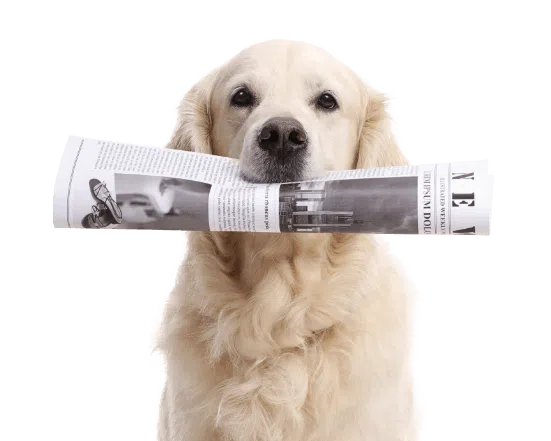For veterinarians, their major purpose is to give the best treatment possible for their patients, who are the cherished pets of many families. A key component of achieving this goal is effective communication with pet owners. Animal care providers have the ability to leverage the power of Pet Imaging Software to support this critical connection.
In this blog, we will look at how this incredible technology has improved relationships with pet owners and, as a result, the level of care they can offer to their furry friends.
What are the benefits of using Pet Imaging Software?
The Pet Imaging Software has a number of advantages that help veterinarians to recognize any problems that are arising with pets that may impact them in the long term. A number of primary advantages that PIS provides is:
1. Simplifying Complex Diagnoses Through Visual Clarity
- Traditional medical language and explanations might be difficult for pet owners to completely comprehend. Veterinarians, on the other hand, can use Pet Imaging Software to provide clear and detailed images of a pet’s condition, such as X-rays, MRIs, or ultrasound scans.
- Visual aids help veterinarians grasp the diagnosis and treatment choices, allowing them to make better decisions regarding the pet’s care.
2. On-spot Sharing
- Veterinarians may use Pet Imaging Software to exchange photographs and reports with pet owners in a moment’s notice. This implies that as soon as a scan or test is conducted, the results are available to both the veterinarian and the pet owner.
- This type of information exchange promotes transparency between the owner and the veterinarian.
- enables for brief addresses regarding treatment alternatives, possible risks, and costs.
3. Virtual Consultations and Telehealth
- Telehealth, or what others call telemedicine, is when participants are separated by distance, the use of electronic information and communication technology to deliver and assist health care (National Institutes of Health 1996); this has become increasingly common over the years.
- Veterinarians may utilize the software during these virtual meetings to exchange photographs, discuss test findings, and answer questions, even from a distance, just as the veterinarians do in clinics.
- Pet Imaging Software is essential in telemedicine since it allows clinicians and pet owners to consult remotely whilst using primary data.
4. Condensed Documentation: Thorough Medical History
- Keeping extensive records of a pet’s medical history is not only a recommended practice, but it is also required by law in many countries. Pet Imaging Software makes this procedure easier by electronically recording all imaging data and results,
- Veterinarians may readily access these records, whether during an appointment or a follow-up visit,
- These tools include interactive 3D models, animations, and textual explanations to help veterinarians explain to pet owners the nature of their pet’s condition and the suggested treatment strategy.
In short, Asteris develops smarter tools for veterinarians in order to achieve better results. Keystone Omni, an all-inclusive picture archiving and communication system (PACS), and digital radiology, which substitutes traditional X-rays, is a prime example.
Conclusion
This technology improves their capacity to give pet owners access concise, easily digestible, and timely information, allowing them to make fully informed choices regarding their pet’s care. As technology advances, the link between veterinarians and pet owners gets stronger, resulting in improved health outcomes for our furry companions. Using Pet Imaging Software not only improves the veterinary profession, but it also increases the link between veterinarians, pet owners, and the animals we all care for.
Empower your patients’ health journeys and directly experience the benefits of Pet Imaging Software. If you have any questions about how this technology may assist your pet, or if you’re ready to learn more, book a demo with our team.
Book a Demo of Keystone Omni Now
Submit images directly through Asteris Keystone or via our free and simple Asteris Keystone Community application.
Blog
the latest Updates from Asteris
If you like this post you might like this
Subscribe to our newsletter
don't miss out the updates
from asteris
Sign up to our newsletter to stay in the loop.

